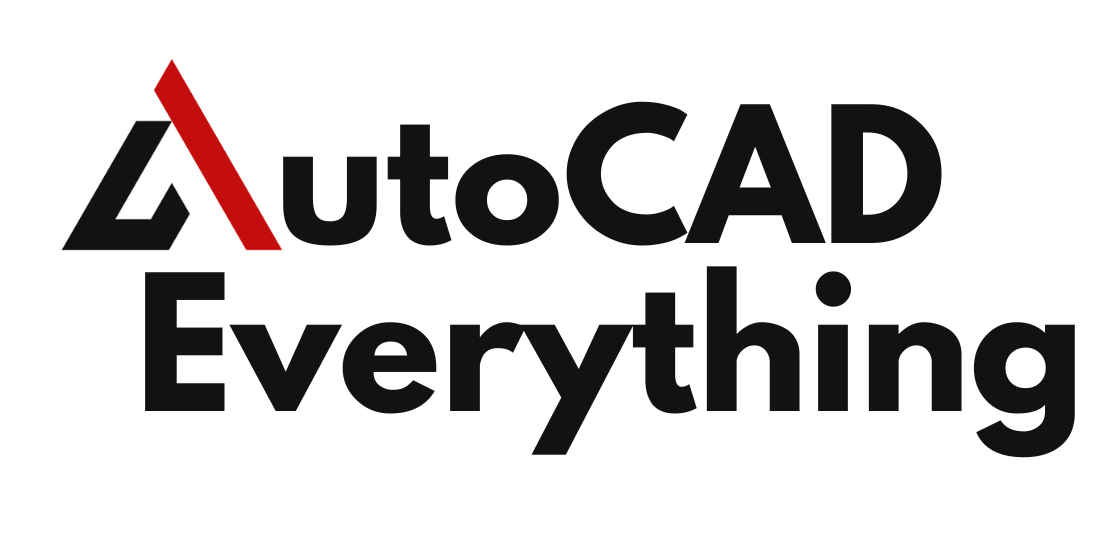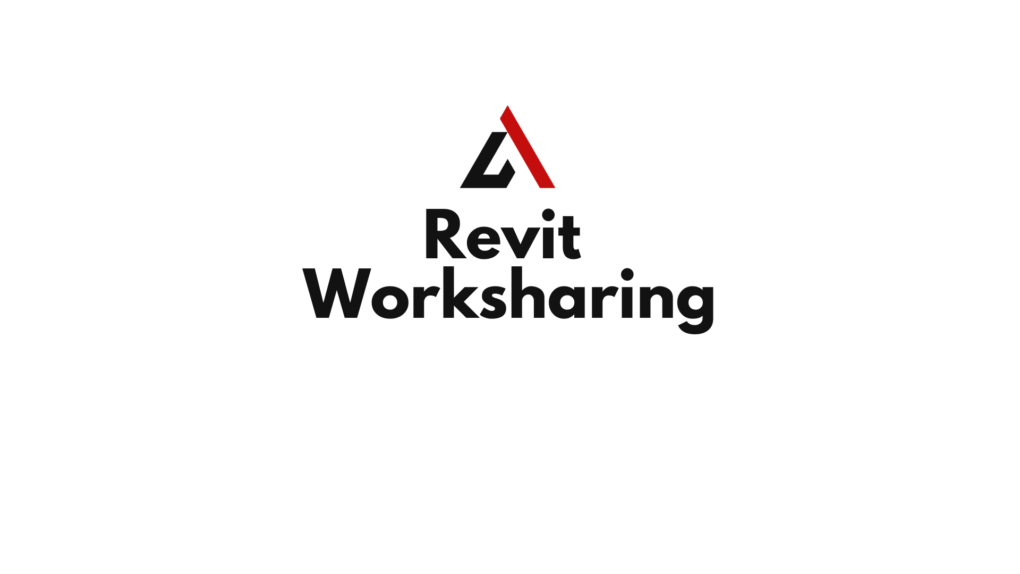Revit’s worksharing feature enables multiple users to collaborate on the same model simultaneously, using a central file and local copies. While this functionality improves teamwork and project efficiency, it can also introduce syncing, permissions, and file corruption issues if not managed properly. In this article, we will explore common Revit worksharing problems and their solutions.
Table of Contents
Understanding Revit Worksharing
Worksharing in Revit is based on a Central File that serves as the master model, while team members work on Local Files that they sync with the central model. Users check out elements or worksets, make modifications, and synchronize their updates with the Central File. If any issues arise during this process, it can disrupt collaboration and lead to project delays.

Common Worksharing and Sync Issues
Here are some of the most frequent problems encountered when using Revit worksharing:
1. Syncing Delays or Failures
- Users experience long delays when syncing or complete sync failures.
- The central model becomes inaccessible, preventing updates.
Troubleshooting Steps:
- Ensure that all team members have stable network connections.
- Reduce file size by purging unused families and cleaning up unnecessary elements.
- Verify that all users are working on local copies, not directly on the Central File.
- Use “Compact Central File” regularly to optimize performance.
2. User Permission Conflicts
- Users are unable to edit or sync changes due to permission restrictions.
- Messages such as “You do not have permission to edit this element” appear.
Troubleshooting Steps:
- Confirm that all users have correct file access rights in the project folder.
- If using worksets, ensure that elements are properly checked out and relinquished when finished.
- If a user crashes before relinquishing elements, use “Relinquish All Mine” to reset ownership.
3. Lost or Corrupted Central File
- The central file becomes corrupt, causing errors when syncing.
- Users report that they cannot open or find the Central File.
Troubleshooting Steps:
- Check that the Central File is located on a shared network drive and is accessible.
- If corruption occurs, create a new central file from a recent local copy.
- Use Revit Worksharing Monitor to track user activities and detect file issues early.
4. Slow Performance in Workshared Projects
- Lag when opening or saving files.
- Sluggish navigation and response times within the model.
Troubleshooting Steps:
- Limit the number of active views and keep unnecessary views closed.
- Use Detach from Central and create a new central file if the model has excessive file bloat.
- Avoid excessive linked files; unload unnecessary links to improve performance.
5. Sync with Central Grayed Out
- Users are unable to sync their changes because the option is disabled.
Troubleshooting Steps:
- Ensure that the local file is connected to an active central file.
- If the central file has been moved or renamed, recreate a new local file.
- If necessary, open the central file directly, detach it, and re-save it as a new central file.
6. Worksets Not Functioning Properly
- Users report that worksets are missing or not updating correctly.
Troubleshooting Steps:
- Ensure all users are using the same version of Revit.
- Verify that worksets are enabled and properly assigned to elements.
- Use “Reload Latest” to pull updates from the central model before making changes.
7. Cannot Create a New Local File
- Users receive an error when trying to create a local file.
Troubleshooting Steps:
- Ensure that the central file is not open by another user in Read-Only mode.
- Confirm that the Revit version matches the version of the Central File.
- Delete the old local file and create a fresh one.
8. File Path Issues
- Users receive an error indicating that the Central File cannot be located.
Troubleshooting Steps:
- Check that the file path is correctly mapped to a shared network location.
- Avoid renaming or moving the Central File without updating file references.
- If using BIM 360, ensure proper cloud permissions and file access settings.
Best Practices to Avoid Worksharing Issues
To minimize disruptions and maintain a smooth Revit workflow, consider the following best practices:
- Regularly Compact the Central File – Helps optimize file performance and reduce corruption risks.
- Keep a Clean and Organized Model – Purge unused elements and maintain a structured file organization.
- Use Worksets Effectively – Assign elements to specific worksets to manage user access efficiently.
- Educate Team Members on Proper Worksharing Procedures – Ensure that all users understand syncing, relinquishing elements, and resolving conflicts.
- Monitor File Health with Worksharing Monitor – Tracks user activity and alerts to potential issues.
- Backup the Central File – Keep multiple backups in case of unexpected data loss or corruption.
- Check Network Performance – Slow network speeds can affect syncing times, so ensure a robust IT infrastructure.
Conclusion
Revit worksharing is a powerful feature, but it requires proper management to avoid syncing, permissions, and file corruption issues. By following best practices, troubleshooting common errors, and maintaining a clean and organized model, teams can ensure seamless collaboration on Revit projects. Implement these strategies to improve productivity and reduce downtime caused by worksharing issues.

